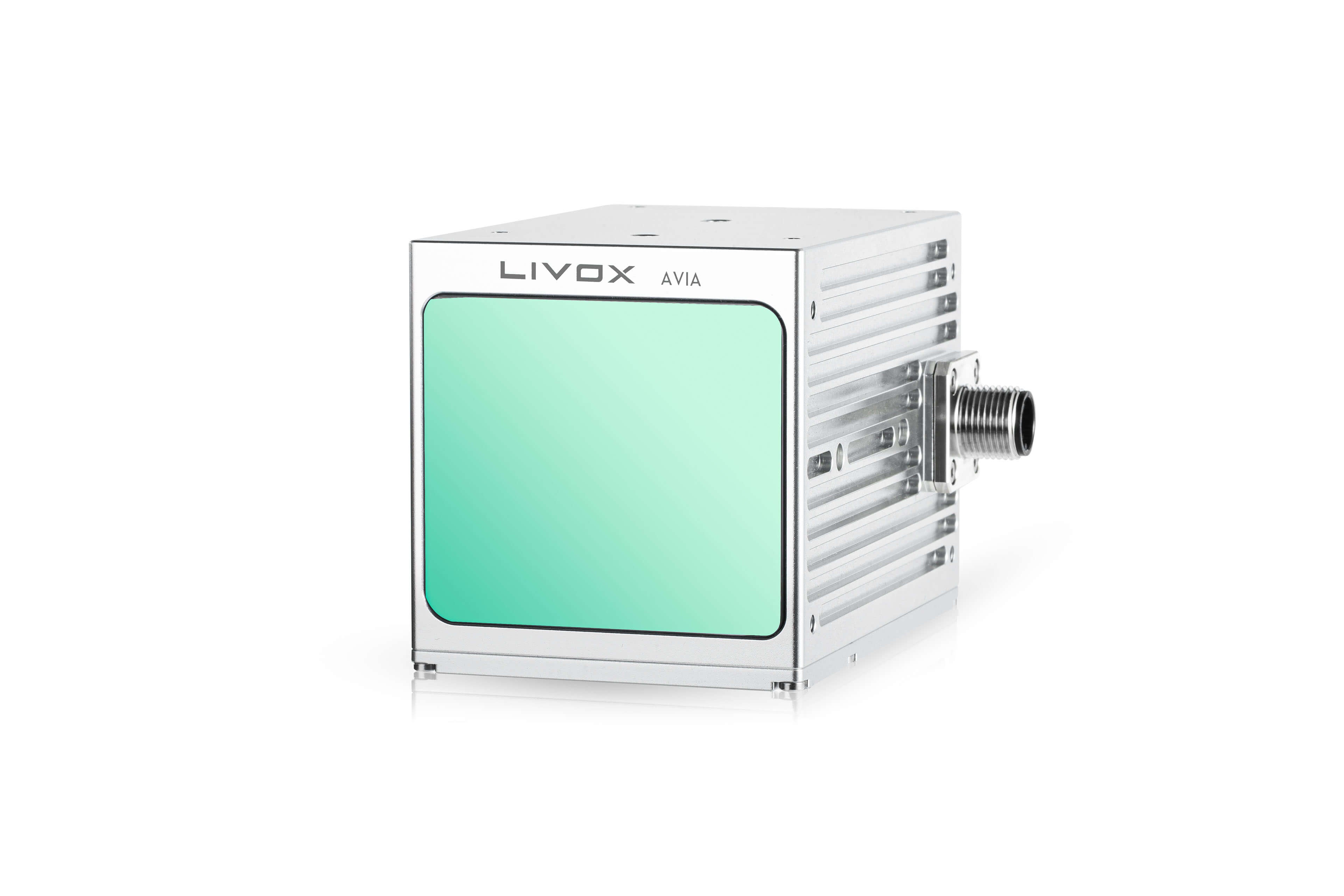Join the club
Get exclusive deals and early access to new products.

Livox
The Livox Avia is a compact and lightweight LiDAR sensor renowned for its high performance and versatility in a variety of applications, including surveying, mapping, and autonomous systems. It boasts a unique scanning pattern and a robust set of features that make it a compelling option in the LiDAR market.
Key Performance Characteristics:
The Avia's performance is highlighted by its impressive detection range and data acquisition capabilities. It can detect objects at a distance of up to 450 meters with 80% reflectivity in low ambient light conditions. Under strong sunlight (100 klx), it can detect objects with 10% reflectivity at 190 meters.
A standout feature of the Avia is its dual scanning modes. It offers both a non-repetitive circular scanning pattern and a repetitive line scanning pattern. The non-repetitive mode provides a large, continuously expanding field of view that quickly covers the scanned area, making it ideal for applications requiring rapid and comprehensive environmental perception. The repetitive mode, on the other hand, is optimized for mapping applications that demand high precision and consistent point cloud density.
The sensor can achieve a point rate of up to 240,000 points per second in single return mode. This rate doubles to 480,000 points per second in dual return mode and triples to 720,000 points per second in triple return mode, allowing for detailed data capture even in complex environments with multiple surfaces.
Physical and Environmental Specifications:
The Avia is designed for integration into a wide range of platforms, particularly unmanned aerial vehicles (UAVs), where size and weight are critical factors. It weighs a mere 498 grams and has a compact form factor. Its IP67 rating ensures protection against dust and water ingress, making it suitable for operation in challenging environmental conditions.
Operational and Data Interface:
The Livox Avia is equipped with a built-in Inertial Measurement Unit (IMU) that provides real-time attitude and acceleration data, which is crucial for motion compensation and point cloud georeferencing in mobile mapping applications. Data is transmitted via a 100 Mbps Ethernet connection, and the sensor supports various synchronization protocols, including PTPv2 and PPS, ensuring seamless integration with other sensors and systems.